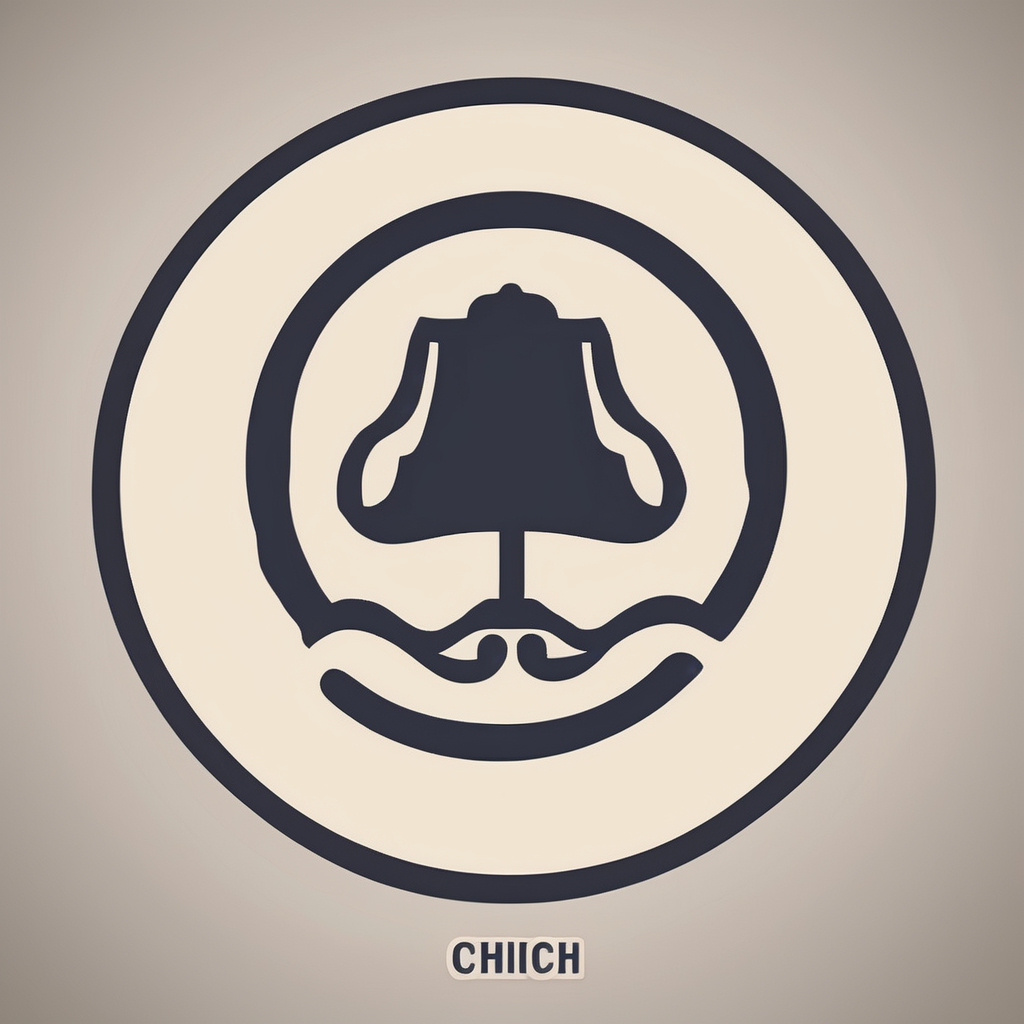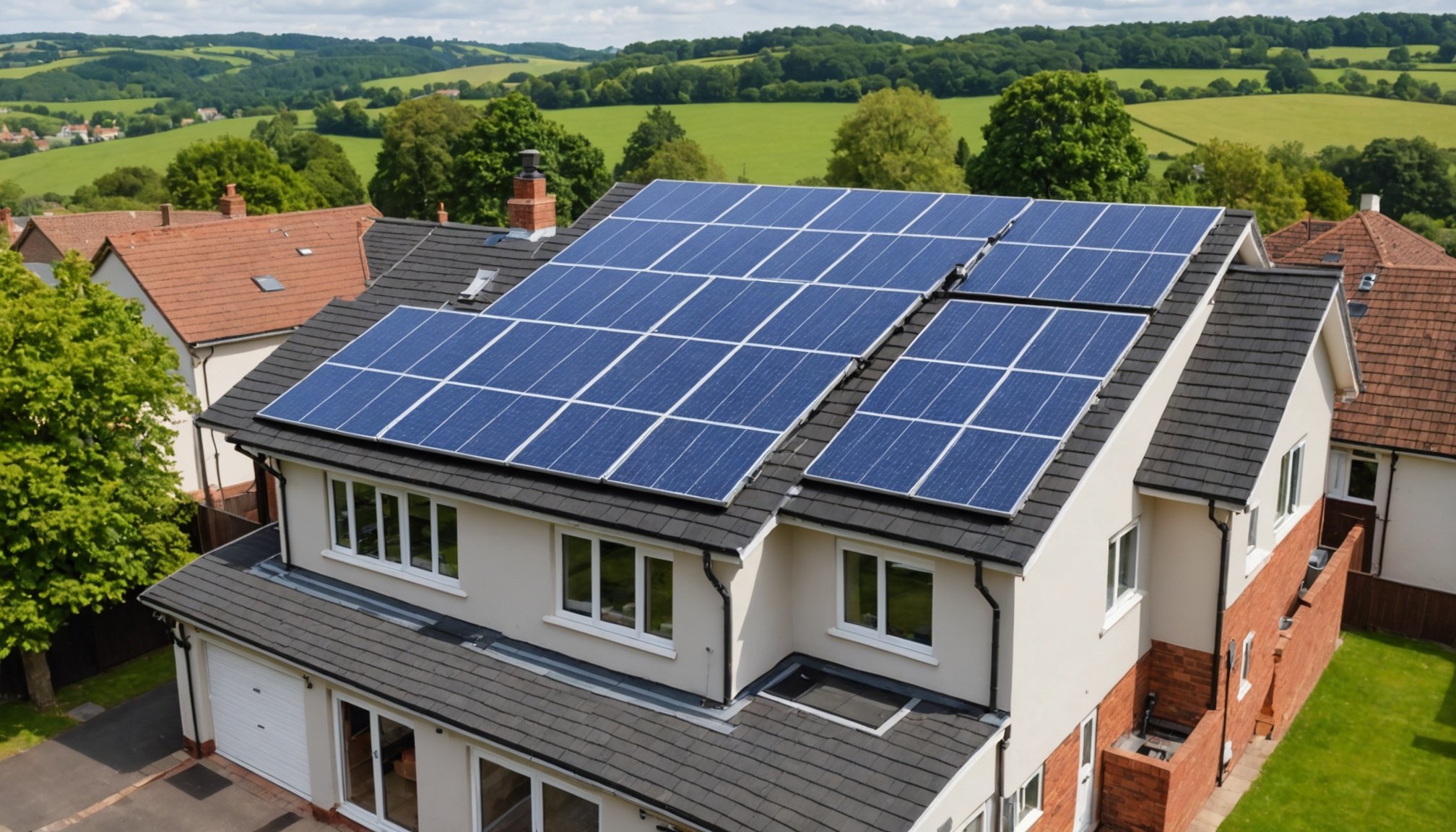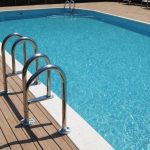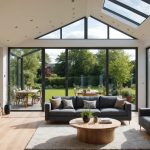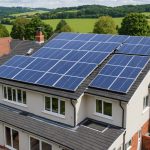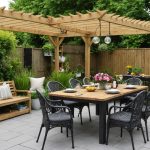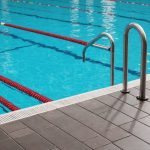Installing solar panels on sloped roofs can be a rewarding investment for Bristol homeowners, offering both environmental benefits and energy savings. Understanding the unique challenges posed by sloped roofs is essential for a successful installation. This guide provides a detailed step-by-step approach, ensuring you can navigate the process with confidence. Equip yourself with the knowledge and techniques needed to harness solar energy efficiently from your home, all while maximizing aesthetic and structural integrity.
Overview of Solar Panel Installation on Sloped Roofs
In Bristol, the adoption of solar energy is not just a trend but a crucial step towards sustainable living. With the city's commitment to reducing carbon emissions, many homeowners are turning to solar panel installation as a viable solution. Sloped roofs, commonly found in Bristol homes, offer unique advantages for solar panel installations.
En parallèle : Top Energy-Efficient Appliances Perfect for Your Cozy London Flat
Benefits of Installing Solar Panels on Sloped Roofs
Sloped roofs naturally enhance the efficiency of solar panels. Their angle allows for optimal sunlight exposure, which is essential for maximizing energy production. Additionally, the incline aids in water runoff, reducing the risk of damage and maintaining the longevity of the panels. This setup is particularly beneficial in Bristol, where weather conditions vary.
Overview of the Installation Process
The installation process on sloped roofs involves several key steps:
Sujet a lire : Transform Your Sheffield Garden into an Affordable Outdoor Dining Oasis: Tips for Budget-Friendly Design
- Assessment: A thorough evaluation of the roof's condition and orientation is conducted to ensure suitability for solar panels.
- Design: Custom solar panel layouts are created to fit the specific dimensions and angles of the roof.
- Installation: Secure mounting systems are used to attach the panels, ensuring they withstand Bristol's weather conditions.
- Connection: The panels are linked to the home's electrical system, allowing for seamless energy integration.
By understanding these aspects, homeowners can make informed decisions about embracing solar energy on their sloped roofs.
Local Regulations and Permits
Navigating the solar installation regulations in Bristol is essential for a smooth and compliant process. The city's zoning laws and building codes are designed to ensure that all solar panel installations meet safety and aesthetic standards, contributing to the community's sustainable goals.
Overview of Bristol's Zoning Laws and Building Codes
Bristol's zoning laws dictate where solar panels can be installed, considering factors like roof orientation and neighbourhood aesthetics. Building codes ensure that installations are structurally sound, capable of withstanding local weather conditions. Understanding these regulations is crucial for homeowners to avoid potential penalties or the need for costly adjustments.
Necessary Permits for Solar Panel Installation
Before starting an installation, acquiring the appropriate Bristol permits is mandatory. These permits confirm that the planned installation complies with local laws and safety standards. Typically, a building permit and an electrical permit are required, which validate the structural and electrical aspects of the project.
How to Apply for Permits in Bristol
Applying for permits involves submitting detailed plans to the local council. It's advisable to work with a certified solar installer who is familiar with the process. This ensures that all documentation is correctly filled out and submitted, expediting approval. Homeowners can also contact the council directly for guidance on the specific requirements and procedures.
Tools and Materials Needed
When considering a DIY solar kit for your sloped roof in Bristol, it's crucial to gather the right solar installation tools and materials. This ensures a smooth and efficient installation process, aligning with local regulations and maximizing energy production.
Essential Tools for Installing Solar Panels
For a successful installation, you'll need a set of specific tools. These include a drill for securing mounts, a wrench for tightening bolts, and a multimeter to test electrical connections. Additionally, a ladder and safety harness are vital for safely working at heights on sloped roofs.
Recommended Materials and Their Specifications
The primary materials for solar installations include solar panels, mounting systems, and inverters. Panels should be chosen based on their efficiency ratings and durability. The mounting system must be compatible with your roof's angle and material. Inverters should match the output capacity of your panels to ensure optimal energy conversion.
Where to Source Tools and Materials in Bristol
In Bristol, local hardware stores and specialised solar equipment suppliers offer a range of tools and materials. It's advisable to consult with these suppliers to ensure compatibility with Bristol's climate and building standards. Online platforms also provide access to a variety of options, often with customer reviews to guide your selection.
Safety Precautions
Ensuring solar panel safety during installation is paramount, particularly when working on sloped roofs. Adhering to installation safety tips can prevent accidents and ensure a smooth process.
Importance of Safety Gear and Equipment
When working at heights, the right safety gear is essential. This includes a safety harness and a sturdy ladder to provide stability. Wearing a hard hat and non-slip shoes can further reduce the risk of injury. These items are not just recommendations; they are crucial for protecting yourself while installing solar panels.
Guidelines for Working Safely on Sloped Roofs
Sloped roofs present unique challenges. It is crucial to secure all tools and materials to prevent them from slipping. Always maintain three points of contact when climbing or descending ladders. Additionally, avoid working in adverse weather conditions, as wet or windy conditions can increase the risk of falls.
Emergency Procedures and First Aid Considerations
In the event of an accident, having a first aid kit on hand is vital. Familiarise yourself with basic first aid procedures, such as treating cuts or stabilising a fall victim. Establish a communication plan to quickly reach emergency services if necessary. These precautions ensure that any incidents are managed swiftly and effectively.
Step-by-Step Installation Process
Embarking on a solar panel installation on a sloped roof requires a well-structured approach. This solar panel installation guide outlines the critical steps to ensure a successful setup.
Preparing the Roof
Begin by inspecting the roof for any damage or debris. Clear the surface to provide a clean slate for the installation. Assess the roof's orientation and angle to determine the optimal placement of the panels. This preparation step is crucial to ensure the panels receive maximum sunlight exposure, enhancing efficiency.
Installing Mounting Hardware
Securely attach the mounting hardware to the roof. Use a drill to fix mounts into the rafters, ensuring stability. Align the mounts with the roof's slope to facilitate efficient water runoff. Proper alignment prevents water accumulation, which can damage the panels over time.
Connecting Solar Panels
Once the mounts are in place, affix the solar panels. Connect the panels using the appropriate wiring, ensuring each connection is tight and secure. Use a multimeter to verify the electrical connections. This step is vital to ensure seamless energy flow from the panels to the home’s electrical system.
By following this step-by-step process, homeowners can avoid common pitfalls, such as incorrect alignment or loose connections, ensuring a durable and efficient solar installation.
Addressing Challenges of Sloped Roofs
Installing solar panels on sloped roofs can present unique challenges. Understanding these challenges of solar installation is crucial for a successful setup.
Specific Challenges Faced
One primary issue with sloped roof installations is maintaining stability. The angle can complicate the secure attachment of panels, increasing the risk of displacement. Additionally, working at heights poses safety risks, requiring careful handling of tools and materials.
Solutions and Workarounds
To overcome these sloped roof issues, it's essential to use specialised mounting systems designed for angled surfaces. These systems provide the necessary support and stability, ensuring panels remain firmly in place. Employing proper safety measures, such as harnesses and ladders, reduces the risk of accidents during installation.
Assessing Roof Condition
Before installation, assess the roof's condition to identify potential problems. Check for any structural damage or wear that might compromise the installation. Ensure the roof can support the additional weight of the panels and mounting equipment. Addressing these concerns beforehand prevents future complications and ensures the longevity of the solar setup.
Optimizing Solar Panel Efficiency in Bristol
In Bristol, optimizing solar panel efficiency is crucial due to its unique climate conditions. The city's weather, characterised by variable sunlight and frequent rain, affects how well solar panels perform. Understanding these factors helps in tailoring installations for maximum energy output.
Factors Influencing Solar Panel Efficiency in Bristol’s Climate
Bristol's climate, with its mix of sunny and cloudy days, directly impacts solar panel efficiency. Panels need to be positioned to capture the most sunlight throughout the year. The angle and orientation are vital; panels should ideally face south and be tilted at an angle that maximizes exposure, considering seasonal sun paths.
Best Practices for Positioning and Angling Panels
To enhance solar panel efficiency, it's important to follow best practices in positioning. Panels should be installed at an angle that aligns with Bristol's latitude, around 51 degrees, to optimise sunlight absorption. Avoiding shading from trees or buildings is essential, as shadows can significantly reduce energy production.
Maintenance Tips to Ensure Long-Lasting Performance
Regular maintenance is key to sustaining efficiency. Keeping panels clean from dirt and debris ensures they function at their best. In Bristol's rainy climate, natural cleaning occurs, but periodic inspections and cleaning are recommended. Monitoring systems can track performance, alerting homeowners to any issues promptly.
